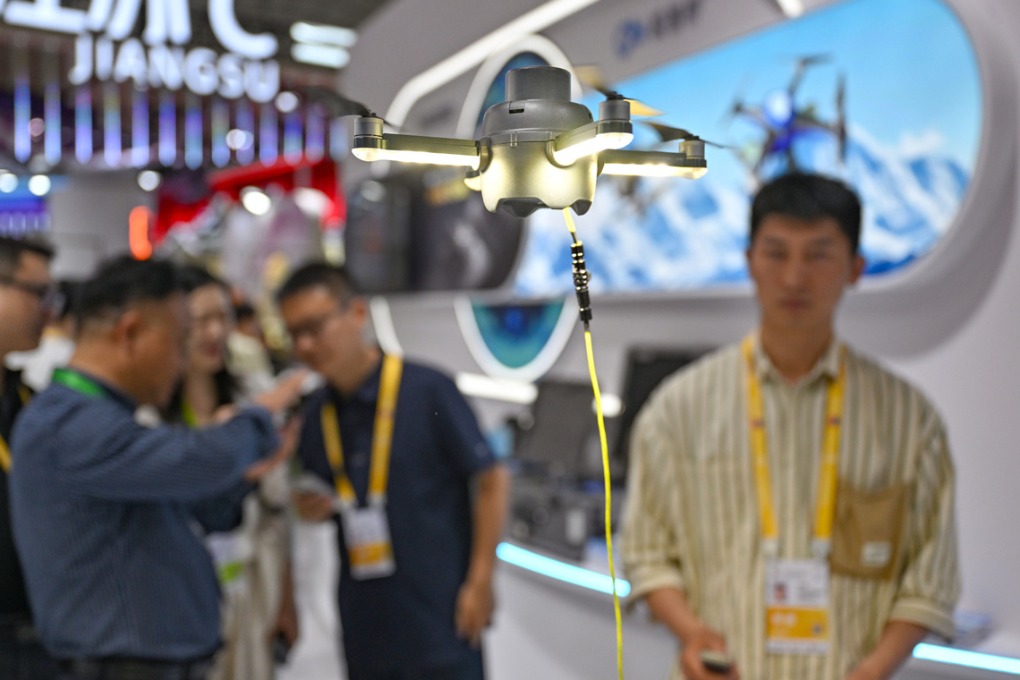Optimized, primed — next-Gen robots start rollout
AI-improved humanoids set for mass production, expanded roles in workforce


Automakers' crossover
Well aware of the opportunities, Chinese tech heavyweights, automakers and startups are all jumping on the bandwagon for both short-term gains and long-term strategic goals.
Since the beginning of this year, humanoid robots have become the hottest trend in the automotive industry. At least 15 Chinese automakers including GAC, SAIC, XPeng, Chery and Xiaomi, along with supply chain companies like Huawei, Horizon Robotics and Hesai Technology, have entered the humanoid robot race.
Overseas, six automakers — Tesla, BMW, Mercedes-Benz, Honda, Toyota and Hyundai — have also proposed their own humanoid robot concepts.
Virtually all mainstream global automakers have now joined the humanoid robotics arena. Tesla has set an ambitious mass production target: expanding monthly production capacity of its Optimus humanoid robot to 100,000 units by 2027.
The automotive industry has long been considered the largest application field for robotics. Sixty-four years ago, General Motors became the first customer for the Unimate industrial robot, a mechanical arm, ushering in the era of automated manufacturing. Since then, cutting-edge robots have played crucial roles in automotive workshops.
Now, automakers are again at the forefront of robotics innovation, but with greater ambitions in the AI plus robotics domain.
In the short term, they aim to enhance manufacturing and sales efficiency. In the long term, as population growth plateaus and the automotive technology matures, automakers will need new growth drivers, experts said.
From a technical perspective, automakers' crossover into humanoid robotics appears logical — if humanoid robots are seen as general-purpose robots, then smart vehicles resemble specialized robots for specific scenarios, they added.
Both share foundational technologies: intelligent perception, human-machine interaction, decision-making in complex environments and path planning. For automakers, entering this field represents reusing established technology that could reduce costs and production cycles.
Zhang Shaozheng, general manager of manufacturing at AgiBot, said: "We've leveraged synergies with the new energy sector, particularly in components like electric motors and gearboxes. It is precisely these mature supply chains that enabled us to produce humanoid robots at scale in such a short time frame."
Industrial automation
Goldman Sachs Research also forecasts significant demand for humanoid robots in structured environments like manufacturing. That could include use in scenarios such as electric vehicle assembly and component sorting. Industry research indicates that about 70 percent of manufacturing in China is already done by machines and automation. Since humanoids are more flexible and capable of adapting to complex terrains, Goldman Sachs analysts believe they can expand the market for industrial automation.
Humanoids are particularly appealing for tasks that are "dangerous, dirty, and dull", Goldman Sachs Research said, adding that there would be potential demand for robots in mining, disaster rescue, nuclear reactor maintenance, and chemicals manufacturing.
Customers may be willing to pay a higher price for robots that can do dangerous jobs that people are reluctant to do. Importantly, robots could also provide labor in sectors that don't have enough workers, Goldman Sachs added.
Labor is still indispensable in the era of industrial automation. However, going forward, humanoid robots can collaborate with traditional automation equipment to solve complex scenarios of flexible unmanned operations, and independently complete difficult tasks, such as torque tightening and material handling, Zhou Jian, chairman and CEO of UBTech Robotics, said.
The company is exploring the application of humanoid robots in industrial scenarios, such as new energy vehicles, with leading EV makers including Nio and BYD.
UBTech Robotics released a video in March that showed a team of its humanoid robots working collaboratively at an EV factory in China, claiming it as the world's first multi-humanoid robot collaboration across multiple scenarios and tasks.
Zheshang Securities estimates that by 2030, Chinese and US manufacturing sectors will require 1.1 million and 583,000 humanoid robots respectively, indicating the massive market potential.























